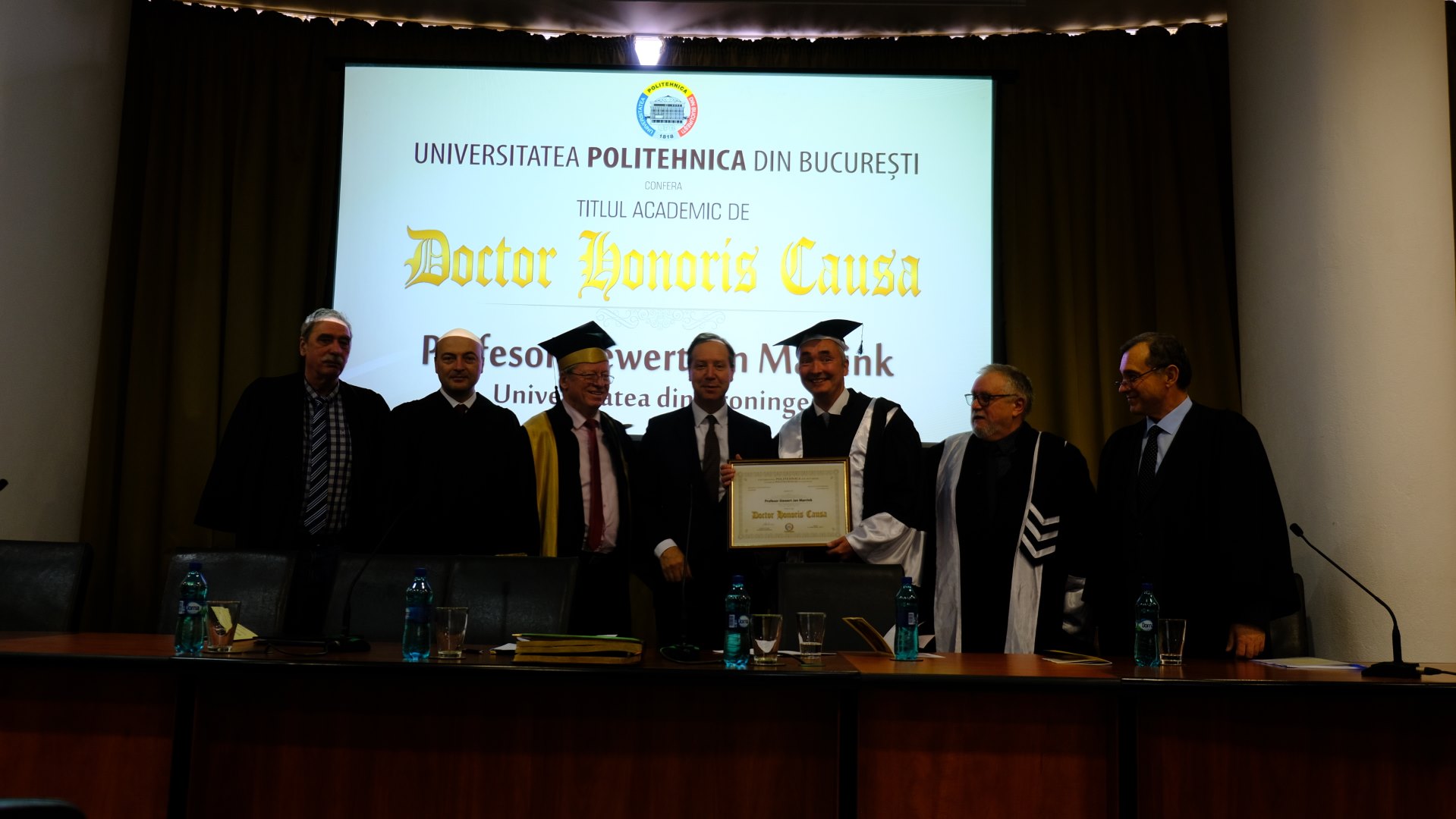2020 Martini Workshop
- Details
- Last Updated: Wednesday, 29 April 2020 12:48
!!!!! Cancelled !!!!
Announcing the 2020 Martini Coarse-Graining Workshop
Where: University of Groningen, Groningen, The Netherlands.
Links to the venue and city:
When: August 23-28, 2020. The workshop starts on Sunday, August 23 at 8 pm (welcome reception), first lecture on Monday, August 24 at 9 am, and finishes on Friday, August 28 at 1 pm.
What:
- Lectures about background, philosophy and theory of coarse-grained models in general but mostly specifically about the Martini coarse-grained model.
- Hands-on sessions where one can experience the aspects of the model, get practical experience with setting-up, running and developing new or refined Martini models. Experienced users are available for guidance and discussion.
Who: Anyone interested! However, we assume that you have a working knowledge of the Linux operating system and some experience on running MD simulations. The idea is that everyone, from beginner to experienced modeller will be able to work and progress on their own. Keep in mind that you will gain more from the workshop if you invest time in some modelling tools before the workshop starts. All hands-on exercises use a recent GROMACS version. We advise you to get some practice with GROMACS before the workshop, in this way you will spend more time on learning coarse-graining than on learning GROMACS.




























































































































































 Largely based on the success story of Martini, the University Polytechnica of Bucharest has awarded Prof. Marrink a honorary doctorate ("honoris causa").
Largely based on the success story of Martini, the University Polytechnica of Bucharest has awarded Prof. Marrink a honorary doctorate ("honoris causa").